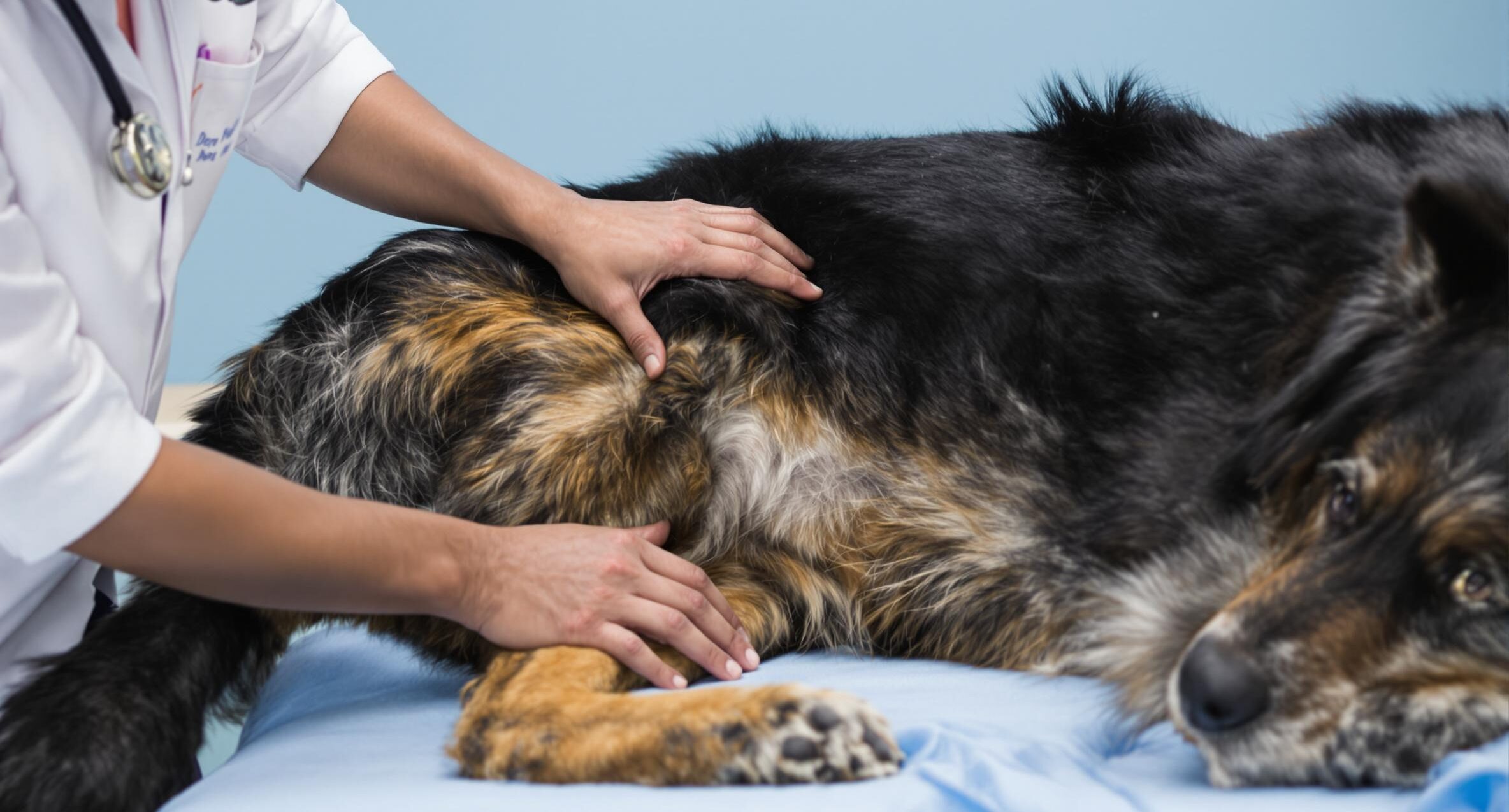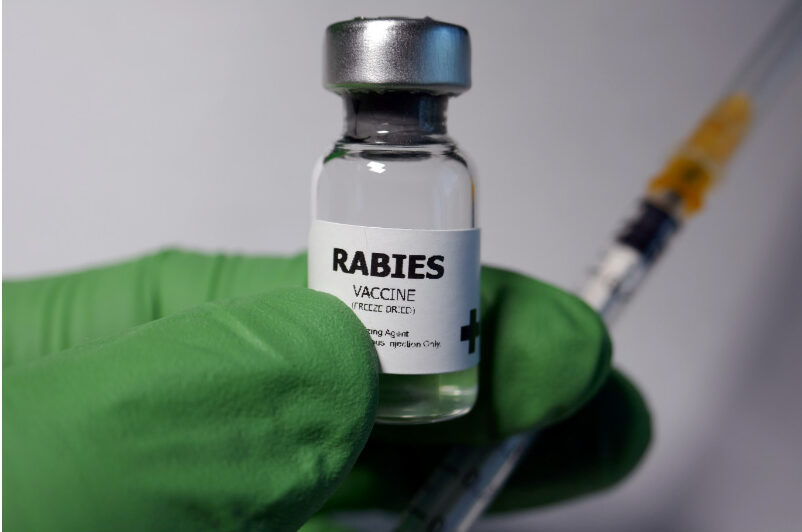Diabetes in Dogs

What is diabetes?
Diabetes mellitus is an illness caused when sugar cannot enter the cells. The cells must use other sources of energy and consume fat and muscle proteins to make that energy. Using fat for energy releases ketone byproducts that create a dangerous condition where the acids in the body are too high (metabolic acidosis). With high acids, the brain doesn’t function and your pet can lapse into a coma. In addition, your pet’s body is harmed by the free radicals released as fat and proteins are consumed. Blood vessels, nerves, eyes, heart, and kidneys are often damaged.
Can pets with diabetes develop secondary health problems?
Yes. Diabetic dogs and cats are at a higher risk of being predisposed to comas, cataracts, blindness, bladder infection, nerve deterioration, paralysis, gangrene, and kidney disease.
Key facts about diabetes in dogs and cats
- Diabetes in pets may cause death if left untreated.
- Diet is a significant factor in causing and in treating diabetes.
- How insulin is given affects how quickly and how long it works.
- Some pets need insulin for a period, then recover and no longer need it.
Which pets are most at risk for diabetes?
Pets most likely to have a higher risk of developing diabetes are overweight (obese cats are four times more likely to develop diabetes than are cats of a normal weight) and receive high carbohydrate diets.
Female dogs are more likely than males to develop diabetes. With cats, the opposite is true: male cats are twice as likely to develop diabetes compared with females. With dogs, miniature poodles and dachshunds have a high incidence of diabetes; but no cat breeds are genetically predisposed to develop diabetes.
- Overweight pets
- Female dogs
- Male cats
- Miniature Poodles
- Dachshunds
What’s the difference between type 1 and type 2 diabetes in dogs and cats?
Pets with Type 1 diabetes require insulin injections, but those with Type 2 diabetes do not need insulin. Instead, Type 2 diabetes is controlled with diet, weight loss, and oral medication. Dogs with diabetes (Type 1) must be treated with insulin. Cats develop both Type 1 and Type 2 diabetes and can be treated with insulin or an oral diabetes medication. The tendency to develop Type 2 diabetes is inherited so that many in the same family develop it. Type 2 diabetes is often associated with obesity.
In humans, Type 1 diabetes is called juvenile diabetes; Type 2 diabetes is called maturity-onset diabetes.





